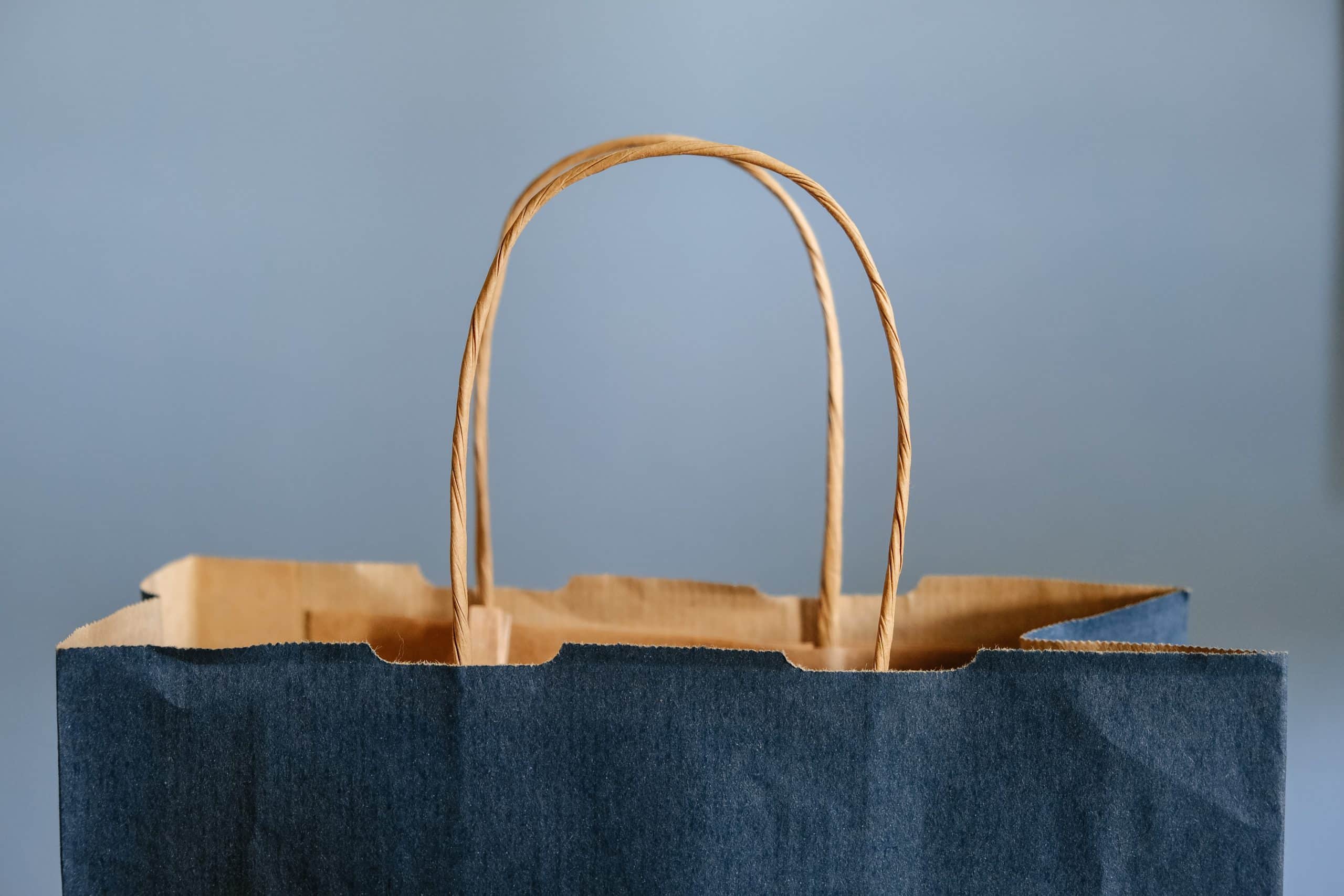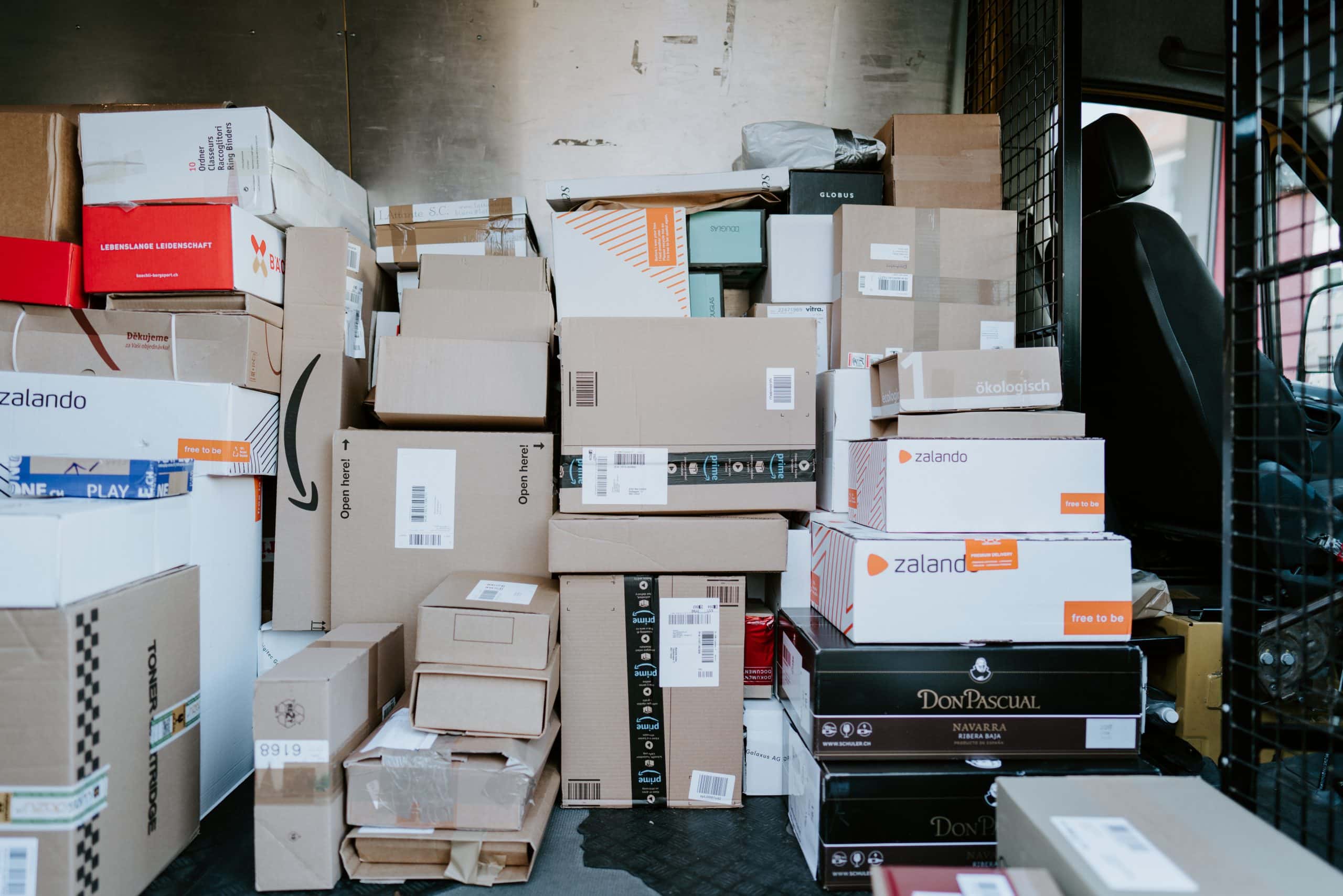What are Order Bumps and why should you use them?

What are order bumps and why should you use them? Average order value! AOV is a key metric that all ecommerce businesses should be monitoring.
The goal is always to increase AOV wherever possible, finding ways to optimize your shopping process so that customers are encouraged to add more. If you use CheckoutWC, “order bumps” are our feature for product add-ons or upgrades, which are two ways you can increase AOV.
Order bumps are incredibly powerful but they’re not a silver bullet. It’s not always as simple as just introducing order bumps, however. Sometimes they won’t work for particular retailers or they’ll only work under certain circumstances. Let’s take a closer look at AOV and where you should try order bumps.
How to calculate AOV (and why it matters)
Average order value (AOV) is simply the average amount customers spend per online order that they make. It is calculated by dividing the total revenue generated over a specific period (for example, a quarter), by the number of sales over that period. For example, if your total first quarter revenue was $100,000 and you made 1000 sales, your AOV is $100 for the quarter.
AOV = Total Revenue / Number of Orders
AOV is important for a couple of reasons. First (and probably the most obvious), a higher AOV usually means a more profitable business. When you consider what goes into taking an order, picking, packing and shipping it, sending out higher value orders tends to give you more bang for your buck, especially as your fixed costs likely won’t shift much.
Secondly, higher AOV helps you to make the most of your marketing spend. To give a simple example, let’s say you pay for advertising and you’ve calculated that the average cost per customer is $3. If your AOV is $50 per customer, you’d spend $30 on marketing to make $500. If you could bump up your AOV to $100 per customer, you’d spend $15 on marketing to make $500.
If you’re concerned about your marketing budget, it often makes more sense to try to increase AOV rather than to spend more on driving more traffic. This won’t always be the case though – sometimes companies find through trial and error that there’s a natural ceiling to their AOV, beyond which they simply need to drive more traffic to make more revenue. It’s worth testing to find out what your numbers are.

How to improve WooCommerce AOV
There are a few common strategies for increasing your average order value in WooCommerce:
- Upselling – where you make the shopper an offer to upgrade to the next-level product (a feature with our order bumps).
- Cross-selling – where you offer “add on” products to the customer (also a feature with order bumps). These are usually an exclusive offer that is only available to them because they are making a purchase.
- Free shipping when a minimum order value is met. People will usually try to at least get their order to the free shipping value.
- Volume discounts. For example, “Buy three or more and save 20%.”
- Coupons for a future visit. “Spend $100 and get a $10 voucher for your next purchase.”
Whenever we talk about any sort of ecommerce optimization, the key words are “reduce friction.” People abandon the cart or don’t take up an offer when they perceive that there is some kind of roadblock in their way. With that in mind, it’s important to monitor your analytics and determine what strategies make sense for you.
For example, let’s say you decided to try offering free shipping if a minimum order value is met. Doing this well means finding a sweet spot. You need to figure out at which order value it makes sense for you to offer free shipping without sacrificing too much profit, in conjunction with the value that customers are willing to spend up to in order to get free shipping. Aim too high and your customers won’t go for it. Aim too low and you lose too much profit.
You can improve AOV (average order value) with “order bumps” Share on XSo what are Order Bumps in CheckoutWC?
Order bumps are our CheckoutWC feature that allows you to offer add-ons or upsells. Do these work? Yes! Otherwise we wouldn’t be offering them. Do they always work? No, sometimes order bumps might seem to add friction for the customer, so they don’t always make sense to use.
You should always keep an eye on your conversion rates (the number of sales divided by the total number of visitors), and your revenue per visitor (the amount of money generated each time someone visits your site). If either of these go backwards, you may be introducing too much friction to the sales process, even if you are managing to increase your AOV. After all, will it make sense to have higher AOV from overall less sales?
Here are some thoughts and strategies for using order bumps well:
Best practices for WooCommerce upsells
An upsell should be an offer for a more advanced/better model or for the same product with some added features. It has to genuinely be a value-add to the customer for it to work. Will the upgrade or added features genuinely solve a problem for them?
Some people see leather seats in cars as an upgrade and will buy the next model up from a car dealer to get them. Other people just don’t see the leather seats as an upgrade at all. If you live somewhere that gets quite hot, you might see them as a thigh-burner during summer weather!
How do you know what to offer for an upgrade? Through monitoring your data and talking to your customers. Learn about their problems and their preferences and test out your hypotheses for meeting their needs.

Cross-sell tips for WooCommerce
If you sell electric toothbrushes, cross-sells or order bumps such as toothpaste, floss or rinse totally make sense. Unrelated products such as a scarf or a pillow make no sense at all. The best cross-sells tend to be things the user will need with the product anyway, and offering them as an “order bump” in the cart is a simple convenience for them.
You’ll have to test it out, but there is also some suggestion that cross-sell products should be at least 60% cheaper than the product already added to the cart so that customers consider them a no-brainer to add. Items that people often forget can be good choices, such as the batteries for a product, or the filters for lenses.
Use A/B testing and track your metrics
How will you know if offering order bumps are a convenience for customers or if they’re adding a point of friction? Testing and tracking your metrics is the only reliable way to understand your results.
There are many possible combinations or methods for improving your AVO, so A/B testing is a good way to understand what genuinely worked. Devise a methodical series of A/B tests so you can run a change against a control to see what gets the best results. Remember to watch conversion rates to be sure you’re not adding extra friction, too.
Final thoughts
“Order bumps” are designed to increase your Average Order Value (AOV). They work by offering the customer either an upsell or an add-on for what they have added to their cart.
Upsells and add-ons are time-honored methods for increasing your AVO, but you need to make sure they add value for the customer. Know what your customers need and test properly to see if you get good results.
To learn more about adding order bumps to your WooCommerce checkout, check out our setup guide.
The simplicity of Shopify with the power of WooCommerce. Replace your WooCommerce checkout page with CheckoutWC to boost sales and reduce cart abandonment.